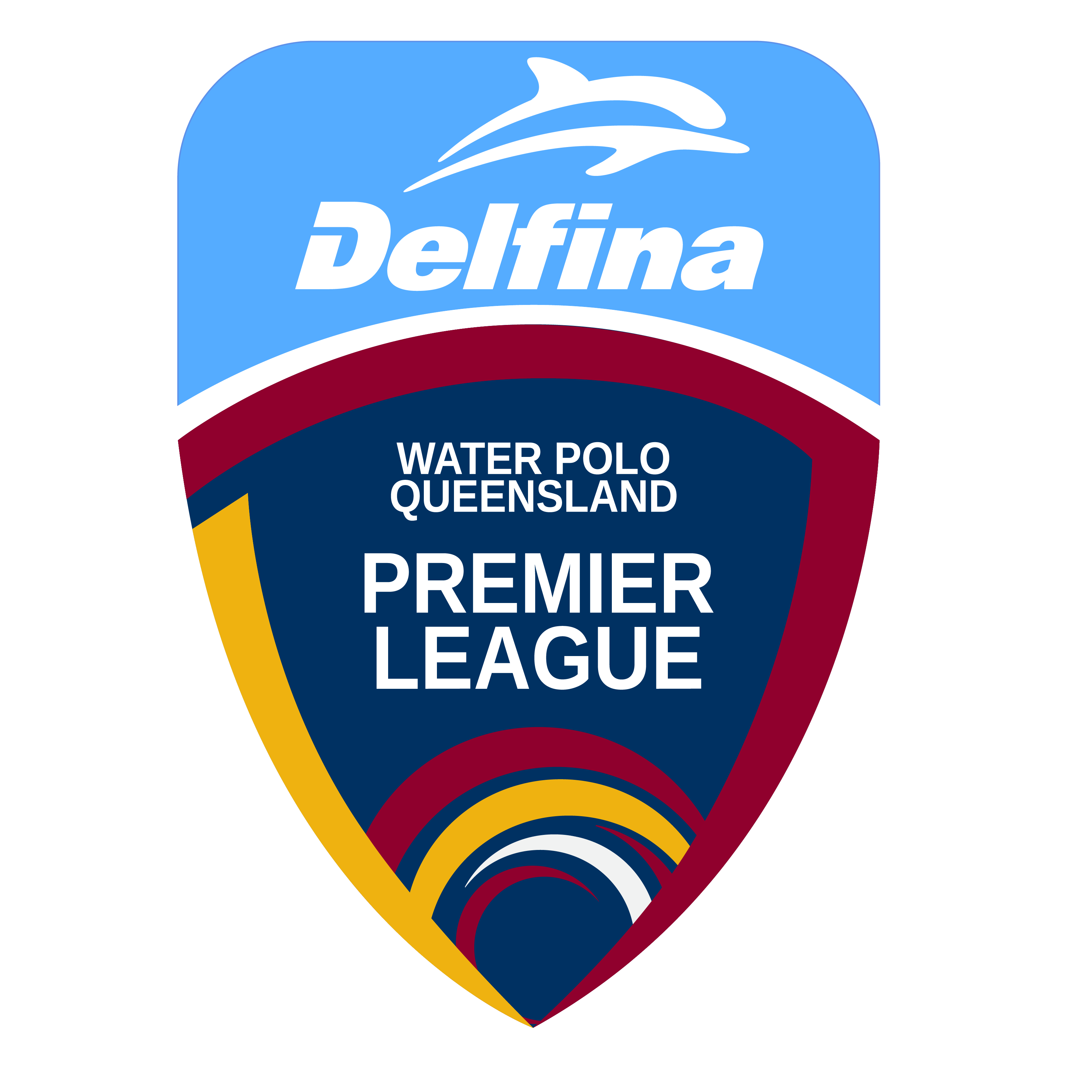Waterpolo History
There is little documentation as to the origins of water polo. In the 1860's, and possibly before that, primitive games of "water football" were played in rivers and lakes in Great Britain. But it wasn't until 1870 that the London Swimming Association drew up official rules to govern the game. The term "polo" comes from the vulcanized, India rubber ball, which was used, in early games. In Hindi, the word "pulu", mispronounced by the English, was the word for ball.
The first recorded description of "aquatic football" concerned a match played in the open water, outside London on July 13th, 1876. By 1879, keen observers of the game realized that if it were developed under proper conditions, it would prove of immense value as a pastime among swimmers. Early games were generally exhibitions of brute strength and aquatic wrestling. Passing and dribbling were scarcely practiced and only infrequently attempted. Games were fought on individual lines: that is to say, each player considered it his sole duty, without regard to position, to score goals. A favorite trick of these early games was to place the small India-rubber ball (which ranged from five to nine inches in diameter) inside the drawers, dive under the water and then "appear" again as near the goal as possible. But this mode of scoring had its disadvantages, as the goalkeeper was permitted to stand on the pool deck and protect his goal as he saw fit. Should the forward come up too near the goal, he was promptly jumped on by the goalie.
In the mid 1880's, the game was revolutionized by the introduction of the "Trudgeon Stroke." This new swimming technique enabled the game to be a faster moving, more wide-open game, that involved more and faster swimming. Rules moved away from rugby to a soccer style of play. Goals became a cage of 10 x 3 feet and a goal could be scored by being thrown. Players could only be tackled when they "held" the ball and the ball could no longer be taken under water. A leather soccer ball replaced the small rubber ball.
The earliest mention of women playing a form of water polo was in the London publication, PUNCH, published in 1875. It shows women and men playing a game called Polo on the Sea and shows men and women in bathing suits hitting a ball with poles that were also used to propel their "boats." But the first documented women's water polo game as we know it today is found in Holland in 1906.
In the USA, the earliest documentation for women's water polo was when the National Women's Lifesaving League formed a swimming and water polo league for women in 1911. The organizer of the league was a legal stenographer named Charlotte Epstein. Epstein was also the founding mother of the world famous Women's Swimming Association (WSA), which dominated the early history of women's swimming.
"With us, of course, the chief aim for girls and women is for self-protection and the rescue of drowning, and in this we have found water polo invaluable," said L. de B. Handley in 1916. " It makes devotes at home in the water, teachers them to handle themselves ably, increase confidence and self-reliance and in time produces the endurance so necessary in case of danger. These things in accomplishes, too, while on enjoys pleasant an interesting recreation. "For the rest, whether a woman indulges in swimming for exercise, pastime, life-saving purposes of competition, she will profit by playing water polo ... water polo turns work into fun. I have yet to see the girl who didn't become an enthusiast after once trying it. The excitement and keen rivalry of play appeals to them all. There is no idling in water polo, it's a case of continuos action, and every swimming muscle is in use form start to finish."
The first women's A.A.U National Championship was played in 1926 and was won by the Los Angeles Athletic Club. The sport looked to have a promising future, but after the 1931 Championship, the men of A.A.U decided that the sport was too rough for women, and no Nationals were held for 30 years.
In 1956, RoseMary Dawson was hired as a swimming instructor of the University of Michigan and formed the all girls, Ann Arbor Swim Club. Within a few years the club gained national prominence and a varsity swimming program was establishes with RoseMary officially hired by the Michigan Athletic Department as its first female coach. In 1960, her efforts lead to the formation of the first Intercollegiate Swimming Meet for Women and in 1961 she received the Women's National Water Polo Championships. Chuck Hines started a girls water polo program at the Des Moines, Iowa YMCA and in 1965, Himes became a chairman of the newly formed AAU National Women's Water Polo Committee. Under Hines leadership, the AAU officially recognized the National Championships for women, Women's All-American Teams were selected, the National Junior Olympics were organized for boys and girls and the YMCA's sanctioned the sport.
In 1977, Canada sponsored a first-ever international women's water polo competition. A team from the Netherlands won the tournament.
In 1978, the AAU and the YMCA of the USA relinquished control of water polo the U.S Water Polo. In that same year, Nitta also organized the Commerce International Women's Water Polo Championships which was the first such tournament in the Unites States and the largest women's tournament, including 11 teams from outside the United States. During the 1978 Can-Am-Mex series in Long Beach, Calif., the Technical Water Polo Committee of FINA was able to view an exhibition game of women's water polo between the United States and Canada. Based on that exhibition, five women's national teams were invited to play an exhibition at the III World Water Polo Championships in Berlin, in August, 1978, which was won by Australia, followed by Holland and the USA.
The first official FINA Women's Water Polo World Cup, held in 1979 in Merced, California was won by the USA.
In 1982, women's water polo was an exhibition event at the World Swimming Championships in Guayaquil, Ecuador and became an official WC event in Madrid, Spain in 1986.
In 1999 women's water polo made its debut in the Pan American Games and in September of 2000 women's water polo was played in the Olympic Games for the first time, exactly 100 years after the men. In May of 2001, UCLA won the first official NCAA Women's Water Polo Championship.
*We thank Waterpolo USA for this Information











